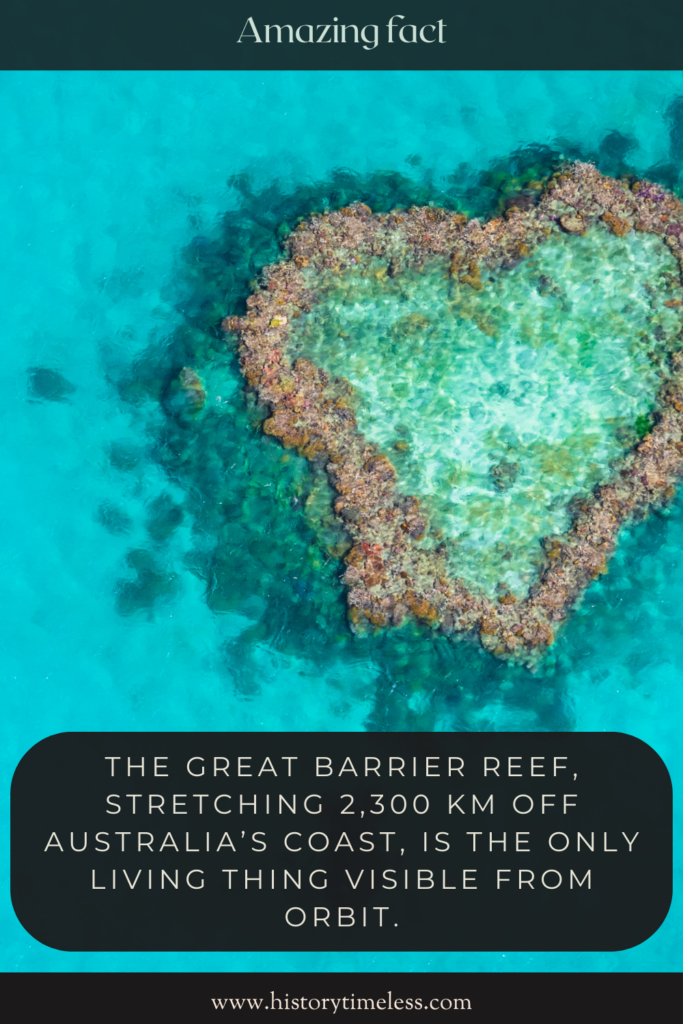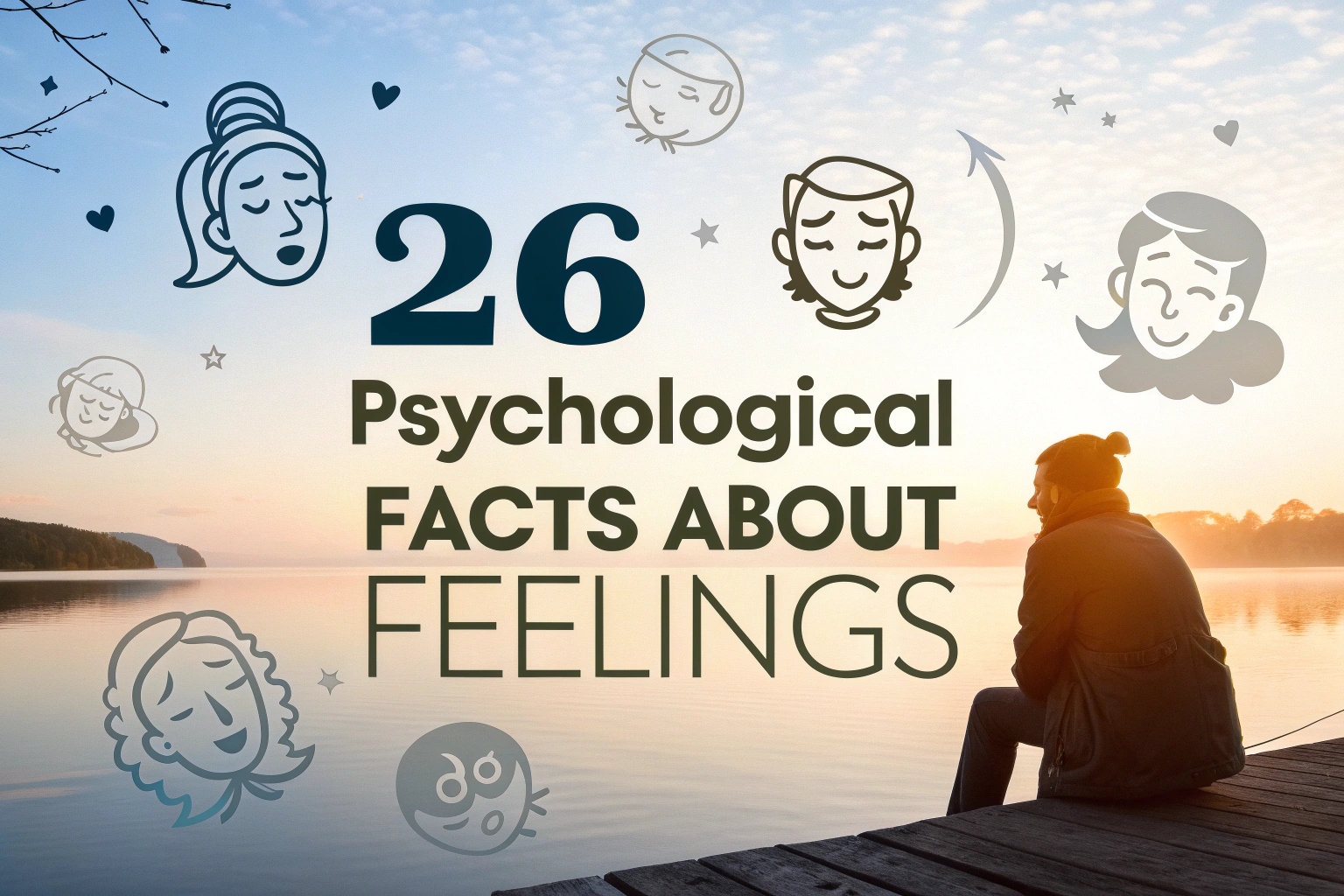The world is a fascinating place, filled with wonders, mysteries, and surprises that never cease to amaze. From the depths of the oceans to the vastness of space, our planet holds countless stories and facts that can leave anyone in awe.
Whether it’s nature, science, culture, or history, there’s always something new to learn. In this blog, we’ll explore 25 unique and relatable facts about the world that will make you see it in a whole new light. Let’s dive in!
1. The Earth is not a perfect sphere
The Earth is often depicted as a perfect sphere, but it’s actually an oblate spheroid—slightly flattened at the poles and bulging at the equator. This shape is due to the planet’s rotation, which causes centrifugal force to push matter outward.

The difference is small (about 43 km between polar and equatorial diameters), but it’s enough to make Earth’s shape imperfect.
This also affects gravity, which is slightly stronger at the poles. So, if you weigh yourself at the equator, you’d be a tiny bit lighter than at the poles!
2. There are more trees on Earth than stars in the Milky Way
Scientists estimate that there are about 3 trillion trees on Earth, far outnumbering the 100-400 billion stars in our galaxy.
Trees cover roughly 30% of the planet’s land area, with the Amazon rainforest alone hosting around 390 billion trees. Meanwhile, the Milky Way’s star count seems minuscule in comparison.
This fact highlights how lush and vibrant our planet is—even with deforestation, Earth’s tree population remains staggeringly high.
3. The world’s quietest room absorbs 99.99% of sound
Microsoft’s anechoic chamber in Washington holds the Guinness World Record for the quietest place on Earth. The room is designed with fiberglass wedges and insulated walls, absorbing 99.99% of sound.
Visitors report hearing their own heartbeat and even the blood flowing in their veins. Most people can’t stay inside for more than 45 minutes because the extreme silence becomes disorienting. This eerie experience shows how rare true silence is in our noisy world.
4. The Sahara Desert was once a lush grassland
Around 11,000 years ago, the Sahara was a green savanna with lakes, rivers, and abundant wildlife. Climate shifts turned it into the world’s largest hot desert over millennia.
Cave paintings in the region depict giraffes, elephants, and crocodiles—proof of its past fertility. Some scientists believe the Sahara could turn green again due to natural climate cycles. This dramatic transformation reminds us how dynamic Earth’s ecosystems can be.
5. The deepest part of the ocean is deeper than Mount Everest is tall
The Mariana Trench in the Pacific Ocean reaches about 11 km (36,000 ft) at its deepest point, Challenger Deep. In comparison, Mount Everest stands at 8.8 km (29,000 ft).
If Everest were placed into the trench, its peak would still be over 2 km underwater! The pressure at the bottom is crushing—over 1,000 times that at sea level.
Only a handful of manned expeditions have ventured there, revealing bizarre deep-sea creatures adapted to extreme conditions.
6. Finland has the most islands of any country
With over 179,000 islands, Finland holds the record for the most islands in a single country. Only about 455 are inhabited, leaving vast archipelagos untouched.
Sweden and Canada follow closely, but Finland’s labyrinthine coastline—sculpted by glaciers—gives it the edge. Many islands are tiny, rocky outcrops, while others host picturesque villages. This fact showcases how diverse and intricate our planet’s geography can be.
7. The world’s oldest living organism is a 5,000-year-old tree
Methuselah, a bristlecone pine in California’s White Mountains, is over 5,000 years old—older than the pyramids of Egypt.
These trees grow slowly in harsh conditions, which contributes to their longevity. Their exact locations are kept secret to protect them.
Methuselah’s resilience symbolizes nature’s ability to endure through millennia, outliving entire civilizations.
8. There’s a lake that turns animals into stone
Lake Natron in Tanzania has such high alkalinity (pH 10.5) and salt content that it can calcify animals that touch its waters.
Photographer Nick Brandt captured eerie images of preserved birds and bats that looked like stone statues.
The lake’s extreme conditions are caused by sodium carbonate from nearby volcanic ash. Despite this, flamingos thrive here, feeding on algae adapted to the toxic waters.
9. The Earth has a hidden underground ocean
Deep beneath the Earth’s crust, trapped within a mineral called ringwoodite, lies three times more water than all the oceans combined.
This discovery in 2014 suggested that Earth’s water may have originated from within, not just from comets.
The water is locked 700 km underground in a sponge-like layer of rock. This finding reshapes our understanding of the planet’s water cycle.
10. Canada has more lakes than the rest of the world combined
Canada boasts over 2 million lakes, covering about 9% of its land area. The rest of the world’s lakes total around 1.4 million. Glaciers carved most of these during the last Ice Age, leaving depressions that filled with water.
The Great Lakes alone hold 21% of the world’s freshwater. Canada’s watery landscape is a reminder of Earth’s glacial history.
11. The Earth’s rotation is slowing down
Due to tidal forces caused by the Moon, Earth’s rotation slows by about 1.7 milliseconds per century. This means days are getting longer—600 million years ago, a day lasted just 21 hours!
The Moon’s gravitational pull drags on Earth’s oceans, creating friction that gradually reduces spin speed.
Eventually, Earth and the Moon will become tidally locked, with one side of Earth always facing the Moon. But don’t worry—this won’t happen for billions of years.
12. There’s a town where it rains fish annually
In Yoro, Honduras, a phenomenon called Lluvia de Peces (“Rain of Fish”) occurs every summer. Scientists believe strong winds or waterspouts suck fish from rivers and drop them over the town.
Locals celebrate with a festival, collecting free seafood from the streets. While rare, animal rains have been reported worldwide—including frogs, spiders, and even squid!
13. The world’s largest living structure is visible from space
The Great Barrier Reef, stretching 2,300 km off Australia’s coast, is the only living thing visible from orbit. Made of 2,900 individual reefs and 900 islands, it hosts 1,500 fish species and 400 types of coral.

Sadly, climate change is bleaching the reef, threatening this natural wonder. Its sheer scale reminds us of nature’s grandeur—and fragility.
14. Antarctica has a waterfall that runs red
Blood Falls, a crimson cascade in Antarctica’s Dry Valleys, looks like a scene from a horror movie. The water comes from a subglacial lake rich in iron, which oxidizes (rusts) when exposed to air, turning red.
The lake has been isolated for 2 million years, yet hosts extremophile microbes, offering clues about life on other planets.
15. The world’s shortest commercial flight lasts 90 seconds
In Scotland, the Loganair flight between Westray and Papa Westray (Orkney Islands) covers just 2.7 km and takes less time than boiling an egg. With favorable winds, it’s been completed in 47 seconds!
The flight exists because ferry crossings are often unreliable in rough seas. Passengers don’t even get a beverage service—just a quick hop over the sea.
16. A desert in Chile hasn’t seen rain in over 400 years
The Atacama Desert is the driest place on Earth, with some areas receiving zero rainfall for centuries. Its soil resembles Mars, making it a testing site for space rovers.
Yet, every few years, a rare rain triggers a miraculous bloom of flowers—a phenomenon called desierto florido (“flowering desert”).
17. There’s a Volcano That Erupts Blue Lava
Kawah Ijen volcano in Indonesia produces stunning blue flames at night due to combustion of sulfuric gases. When these gases burn at extremely high temperatures (up to 600°C), they create an electric-blue glow that illuminates the flowing lava.
This rare phenomenon occurs because the volcano has one of the highest concentrations of sulfur in the world, creating a surreal, otherworldly landscape after dark.
18. The Coldest Inhabited Place on Earth Has Frozen Eyelashes
In Oymyakon, Russia, temperatures regularly drop below -50°C (-58°F), with the record being -71.2°C (-96°F). Locals experience frozen eyelashes, instant freezing of wet clothes outdoors, and cars that must be kept running constantly to prevent engine freeze.
Surprisingly, about 500 people live here year-round, adapting to these extreme conditions with special insulated buildings and a diet rich in fatty foods for energy.
19. There’s a Lake That Changes Colors Like a Mood Ring
Lake Hillier in Australia maintains its striking bubblegum pink color year-round, while nearby Lake Retba in Senegal changes from pink to scarlet depending on sunlight intensity.
The coloration comes from salt-loving algae (Dunaliella salina) that produce red pigments. These lakes have such high salinity (comparable to the Dead Sea) that you can float effortlessly while surrounded by surreal pink waters.
20. The World’s Longest Straight Road Has No Curves for 256 KM
Saudi Arabia’s Highway 10 features a perfectly straight stretch of 256 km (159 miles) without a single curve. Driving this road through the empty desert can be hypnotic and dangerous, as the unchanging scenery may cause driver fatigue.
The highway connects Haradh to the UAE border, cutting through the Rub’ al Khali (Empty Quarter), one of the largest sand deserts in the world.
21. A Single Cloud Can Weigh as Much as 100 Elephants
The average cumulus cloud weighs about 1.1 million pounds (500,000 kg) – equivalent to 100 African elephants. This surprising weight comes from the billions of tiny water droplets suspended in the cloud.
Despite this massive weight, clouds float because the air below them is even denser. When these droplets combine and become too heavy, they fall as rain, demonstrating nature’s delicate balance.
22. There’s a Country With No Rivers
Saudi Arabia is the world’s largest country without a single permanent natural river. The entire nation relies on desalination plants (the world’s largest network) and underground aquifers for water.
Ancient dry riverbeds called wadis occasionally fill with water after rare rains, but quickly evaporate in the desert heat.
This fact highlights how human ingenuity has allowed civilizations to thrive in even the most water-scarce environments.
23. There’s a Beach That “Glows in the Dark” at Night
Vaadhoo Island in the Maldives features a magical “sea of stars” phenomenon where the waves glow electric blue at night. This bioluminescence comes from marine plankton called dinoflagellates that emit light when disturbed, creating a surreal sparkling effect in the water.
Each wave crash looks like liquid starlight, and footsteps in the wet sand leave glowing blue prints behind. Scientists believe the plankton use this glow as a defense mechanism against predators.
24. The World’s Oldest Known Recipe Is for Beer
Discovered on a 3,900-year-old Sumerian tablet, the oldest known written recipe is for brewing beer. The ancient Mesopotamians called it “the divine drink” and prepared it using barley cakes, honey, and various herbs.
This beer was likely thick and porridge-like, consumed through straws to filter out solids. Beer was so valued in ancient times that workers building the pyramids of Giza were partially paid in beer rations (about 4 liters per day).
25. There’s a Tree That Bleeds Metal
The Pycnandra acuminata tree in New Caledonia has sapphire-blue sap containing up to 25% nickel – a metal toxic to most plants. This “metal tree” absorbs nickel from the soil and stores it in its trunk, leaves, and sap as a defense against insects.
Scientists are studying these hyperaccumulator plants for potential use in phytomining – using plants to extract valuable metals from contaminated soil. The blue-green sap is so toxic that the tree is endangered because its habitat is being mined for… you guessed it, nickel.
Expand your knowledge with more facts:
30 Shocking Facts About America That Sound Fake!
10 Interesting Facts You’ve Never Heard Before!
20+ Insane Facts About Animals That Defy Belief!
15+ Interesting World Facts: Say ‘Wow’ to These Discoveries!





